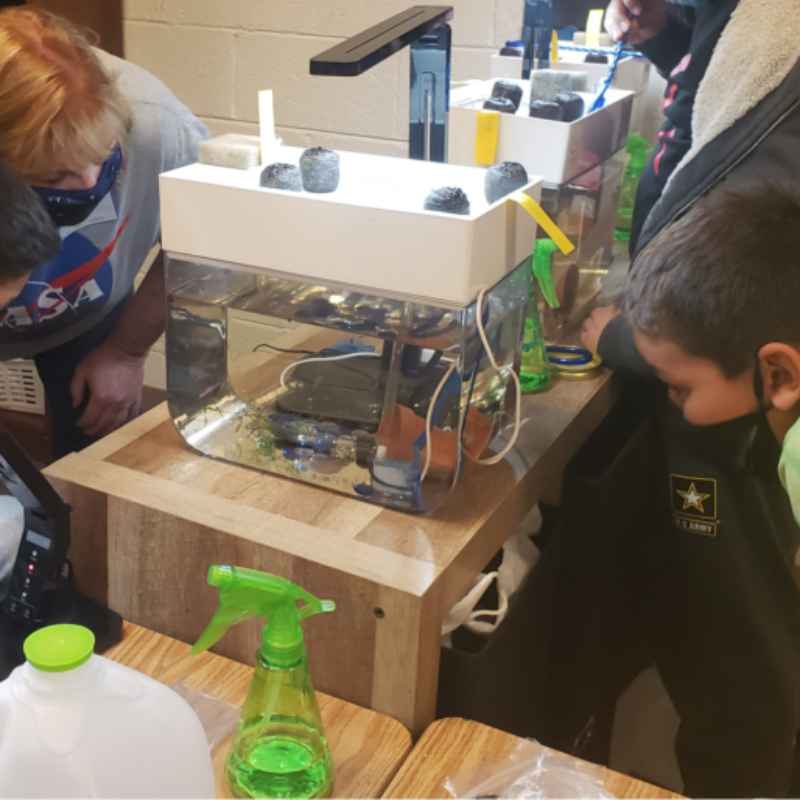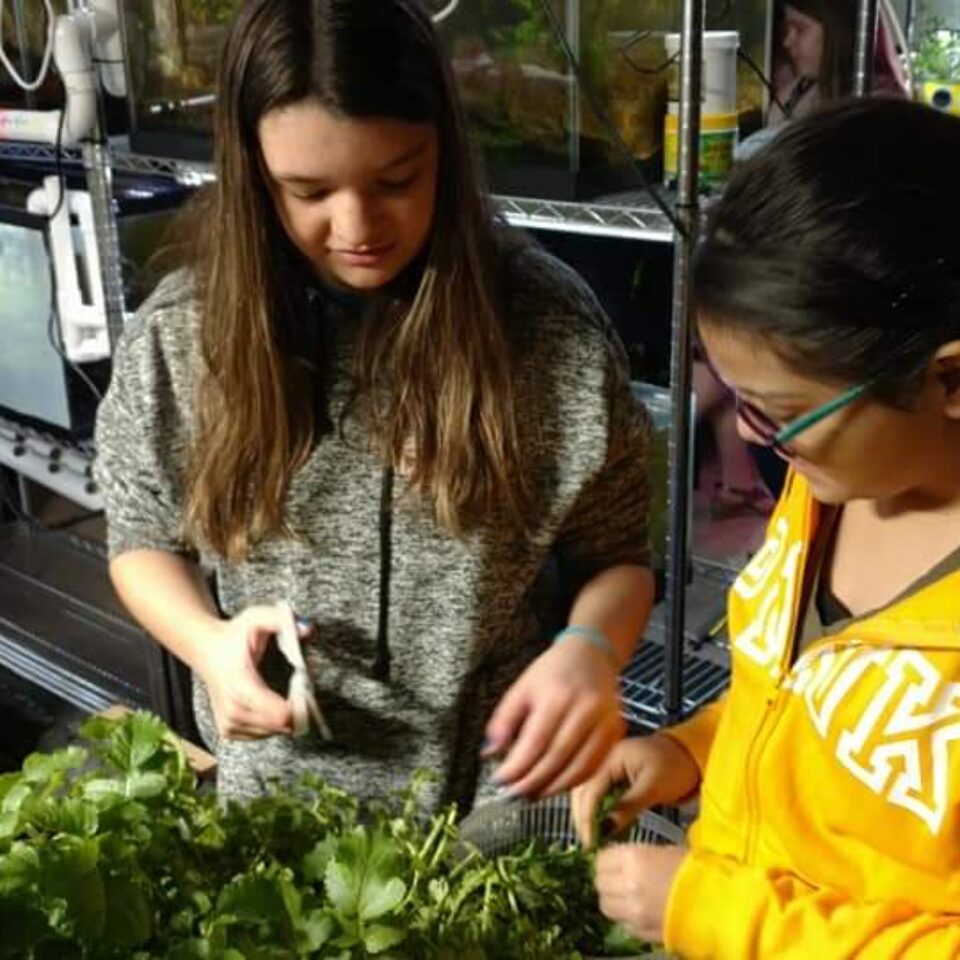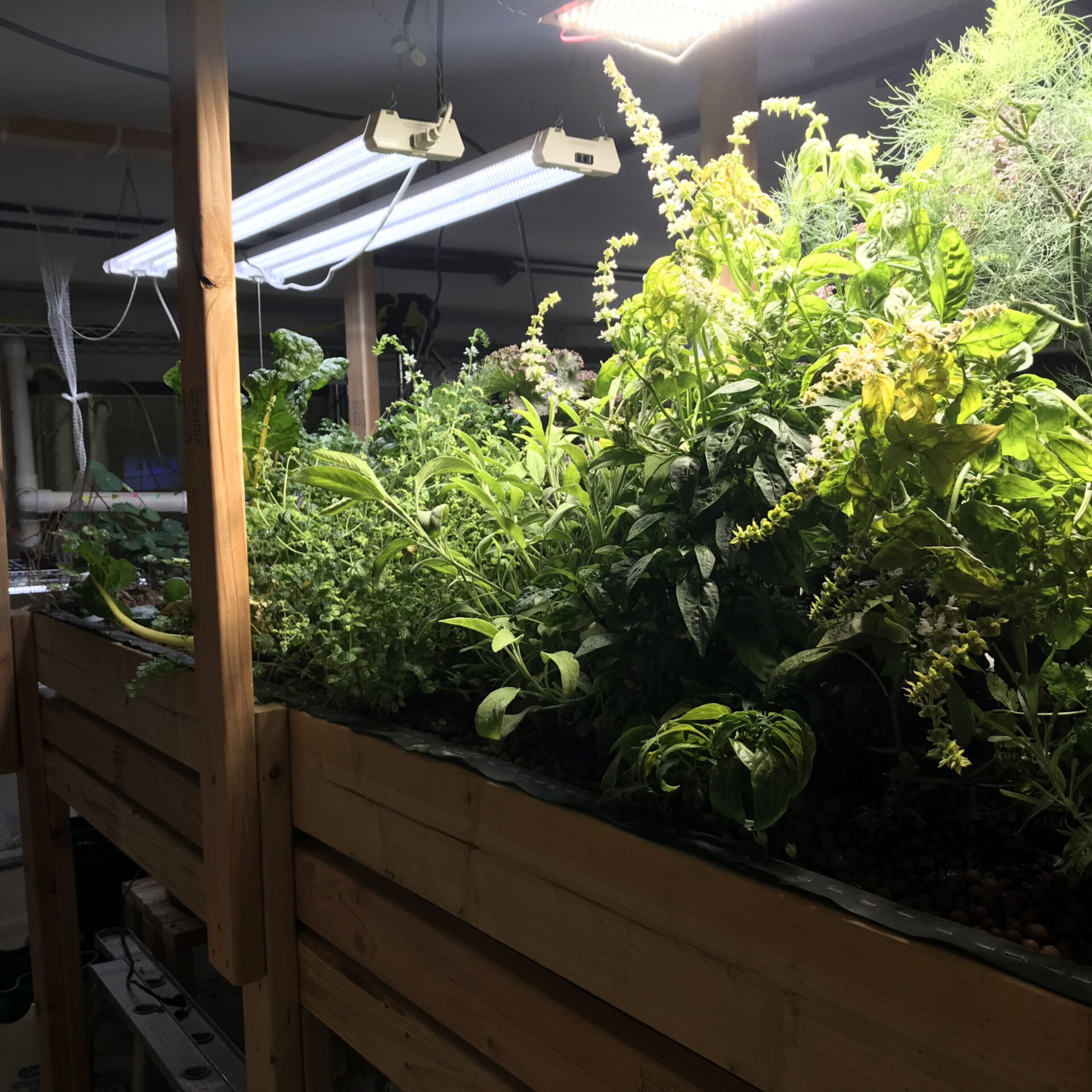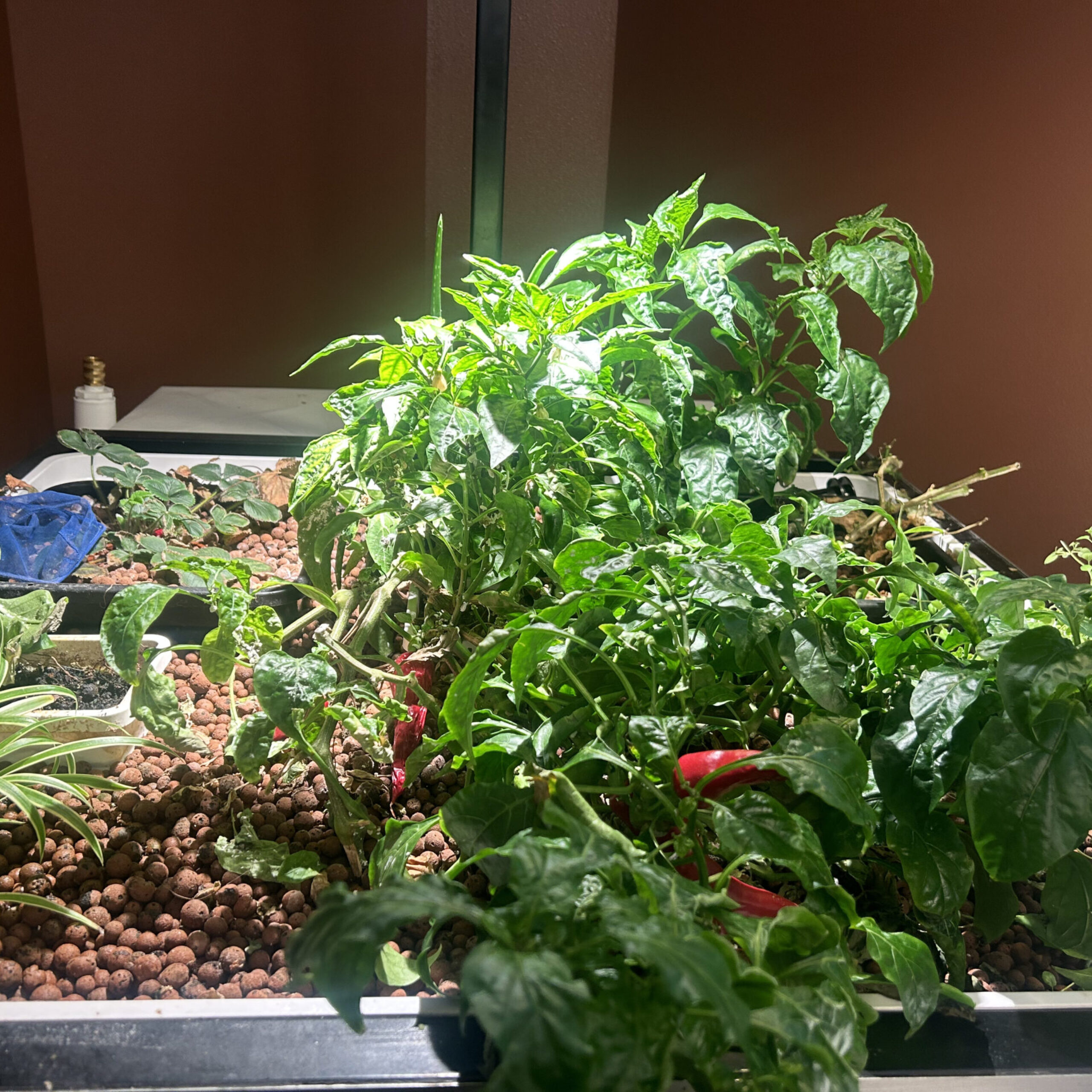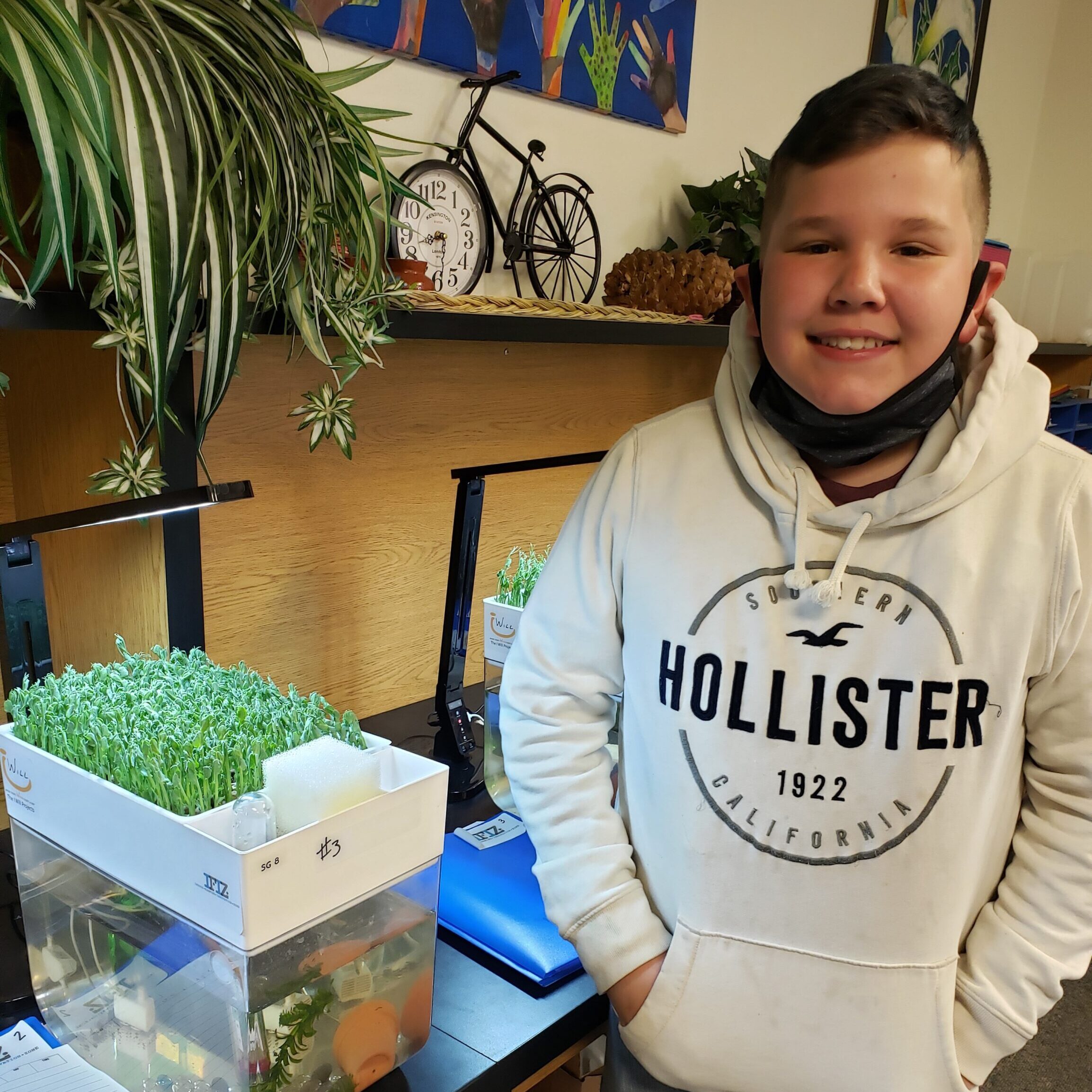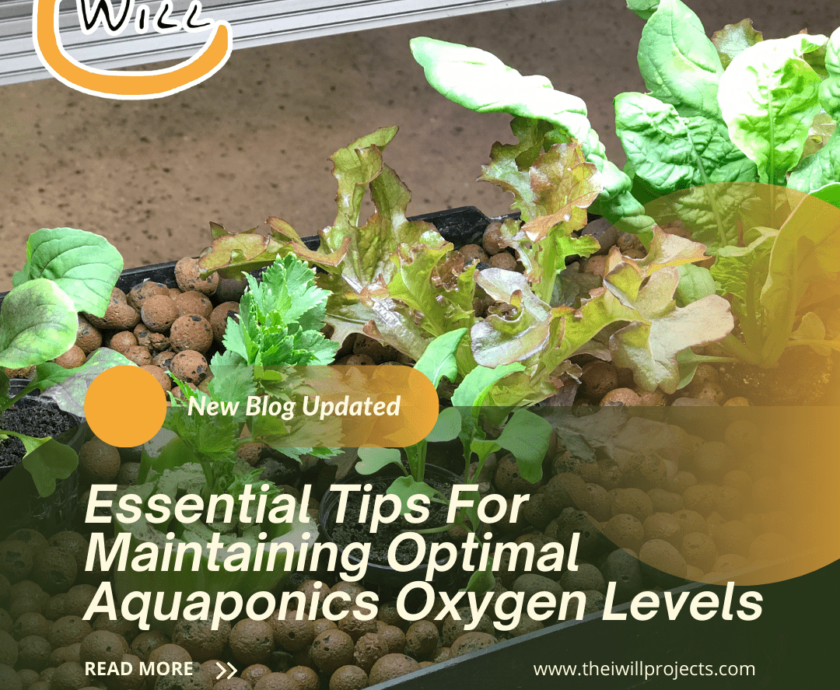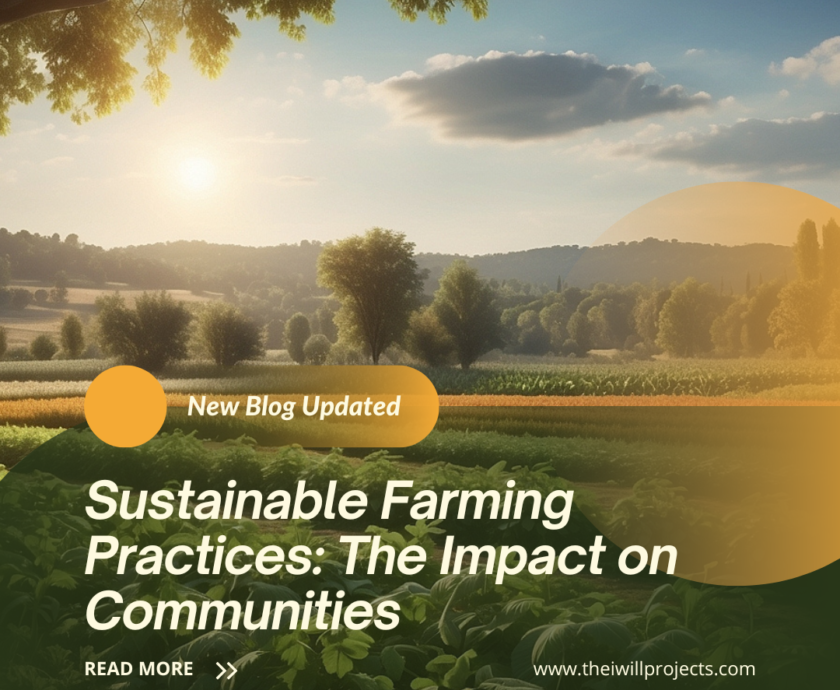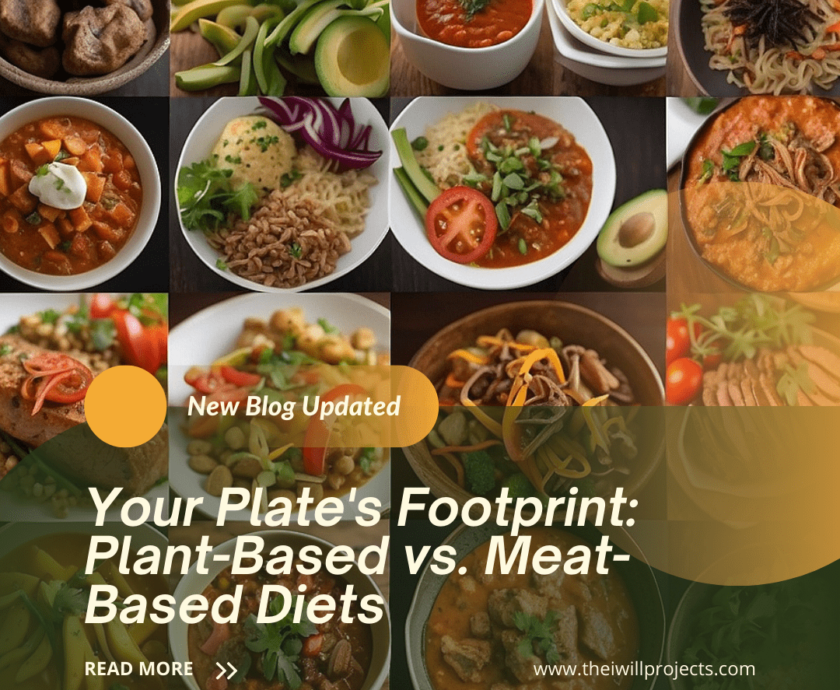“Food is not just fuel. Food is about family, food is about community, food is about identity. And we nourish all those things when we eat well.”
– Michael Pollan
Table of contents
Introduction
Food justice is more than just a movement—it is a necessity for ensuring equitable access to fresh, healthy, and sustainable food, especially for marginalized communities that have long faced systemic barriers to food security.
In many urban and rural areas, marginalized communities experience food insecurity due to systemic inequalities, lack of resources, and limited access to fresh produce.
Aquaponics, an innovative and sustainable food production system, offers a promising solution to these challenges.
By integrating aquaculture (fish farming) with hydroponics (soilless plant cultivation), aquaponics creates a closed-loop system that maximizes food production while minimizing waste.
This article explores how aquaponics can play a vital role in nourishing marginalized communities, addressing food deserts, and fostering economic empowerment.
Through sustainable farming, job creation, and community resilience, aquaponics is emerging as a beacon of hope for food justice.
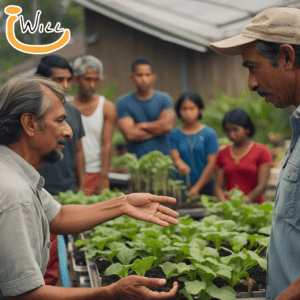
Understanding Food Justice and Its Impact on Marginalized Communities
Food justice refers to the right of all people, regardless of socioeconomic status, to access nutritious, affordable, and culturally appropriate food.
Unfortunately, marginalized communities often lack access to fresh produce due to:
- Limited grocery stores (food deserts)
- High costs of fresh produce
- Reliance on processed foods with low nutritional value
- Systemic barriers such as zoning laws and economic inequality
As a result, many families in these communities suffer from malnutrition, obesity, and chronic illnesses such as diabetes and heart disease.
Aquaponics presents an opportunity to combat these issues by enabling local, sustainable food production that can be maintained within communities.
What is Aquaponics and How Does It Work?
Aquaponics is a closed-loop agricultural system that combines two main components:
- Aquaculture: The raising of fish such as tilapia, catfish, or trout in tanks.
- Hydroponics: The cultivation of plants in water without soil.
The system works by using fish waste as a natural fertilizer for the plants.
Beneficial bacteria convert ammonia from fish waste into nitrates, which plants absorb for growth.
In turn, the plants filter and purify the water, which is recirculated back to the fish tanks. This symbiotic relationship creates a sustainable, efficient food production system with minimal environmental impact.
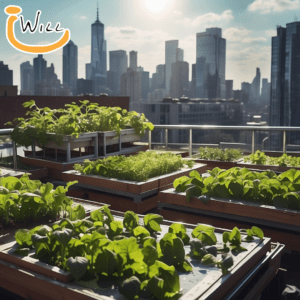
How Aquaponics Helps in Nourishing Marginalized Communities
Aquaponics provides several benefits that directly address food insecurity in marginalized communities:
1. Access to Fresh, Nutritious Food
By enabling local food production, aquaponics ensures a consistent supply of fresh vegetables and fish.
Communities can grow leafy greens, tomatoes, peppers, herbs, and protein-rich fish, reducing reliance on expensive grocery stores.
2. Sustainable and Eco-Friendly Farming
Unlike traditional farming, aquaponics:
- Uses 90% less water than soil-based agriculture
- Eliminates synthetic fertilizers and chemical pesticides
- Produces food year-round, even in urban environments
This sustainability makes aquaponics an ideal solution for communities facing climate change-related challenges.
3. Economic Empowerment and Job Creation
Aquaponics can create jobs in marginalized communities by offering:
- Training programs in sustainable agriculture
- Opportunities for small-scale entrepreneurship
- Employment in community-run farms and cooperatives
Local residents can sell surplus produce and fish, reinvesting in their communities and fostering economic resilience.
4. Community Engagement and Education
Aquaponics is more than just a farming method; it is an educational tool that teaches children and adults about sustainability, nutrition, and self-sufficiency.
Schools, nonprofits, and community centers can incorporate aquaponics into educational programs, empowering future generations with knowledge about food sovereignty.
5. Addressing Food Deserts and Health Disparities
Many marginalized communities are located in food deserts, areas with limited access to fresh food.
Aquaponics farms can be established in urban areas, vacant lots, rooftops, and community centers, directly addressing food deserts and improving public health.
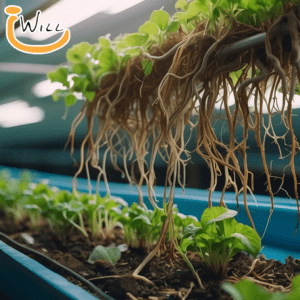
Examples of Successful Aquaponics Projects in Marginalized Communities
1. Growing Power (Milwaukee, USA)
Founded by Will Allen, this urban aquaponics farm provided fresh produce and fish to underserved communities, demonstrating how small-scale, community-led farming can combat food insecurity.
2. Oko Farms (Brooklyn, NY)
Oko Farms is an urban aquaponics initiative that empowers local residents by offering training and employment opportunities in sustainable agriculture.
3. Project Feed 1010 (Global Initiative)
This initiative promotes community-based aquaponics to address food justice and sustainability challenges worldwide.
These examples showcase how aquaponics is successfully nourishing marginalized communities and fostering resilience.
Challenges and Solutions in Implementing Aquaponics for Food Justice
While aquaponics offers significant benefits, challenges exist in implementation:
1. Initial Cost and Infrastructure
Challenge: The upfront costs of building an aquaponics system can be high.
Solution: Community grants, crowdfunding, and government subsidies can help fund these projects.
2. Technical Knowledge and Maintenance
Challenge: Proper system management requires training in aquaponics techniques.
Solution: Partnering with universities, nonprofits like The I Will Projects, and local experts can provide education and hands-on training for community members.
3. Policy and Zoning Restrictions
Challenge: Some local policies may restrict urban farming.
Solution: Advocacy efforts and policy reform can promote urban aquaponics as a viable food justice solution.
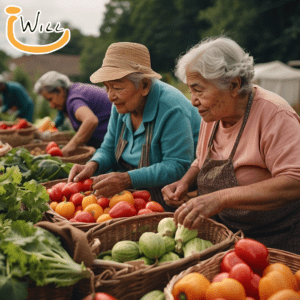
Conclusion
Aquaponics is more than just an agricultural method—it is a revolutionary tool for food justice.
By integrating sustainable farming with community empowerment, aquaponics is nourishing marginalized communities and creating pathways to food security, economic independence, and environmental sustainability.
As more communities embrace aquaponics, the vision of a just, equitable food system becomes a reality.
Would you like to get involved? Start by learning more, supporting local aquaponics projects, or even building your own system!
Frequently Asked Questions
How does aquaponics support food justice?
Aquaponics promotes food sovereignty by enabling communities to produce their own fresh, nutritious food sustainably.
Can aquaponics work in urban areas?
Yes! Aquaponics systems can be set up on rooftops, vacant lots, and community centers, making them ideal for urban settings.
What types of food can be grown using aquaponics?
Common crops include lettuce, kale, basil, tomatoes, cucumbers, and fish species like tilapia or catfish.
Is aquaponics expensive to start?
While initial setup costs can be high, community initiatives, grants, and crowdfunding can help offset expenses.
How does aquaponics benefit marginalized communities?
Aquaponics provides fresh food, economic opportunities, sustainability, and community empowerment, directly addressing food insecurity.
Can individuals start their own small aquaponics system?
Yes! Home aquaponics kits are available, allowing individuals to grow their own food on a small scale.
The I Will Projects, a 501c3 Non-Profit, promotes diverse solutions for global challenges. Our IFIZ education programs, emphasizing aquaponics, and insect farming, empower communities through knowledge, collaboration, and sustainable innovation.



